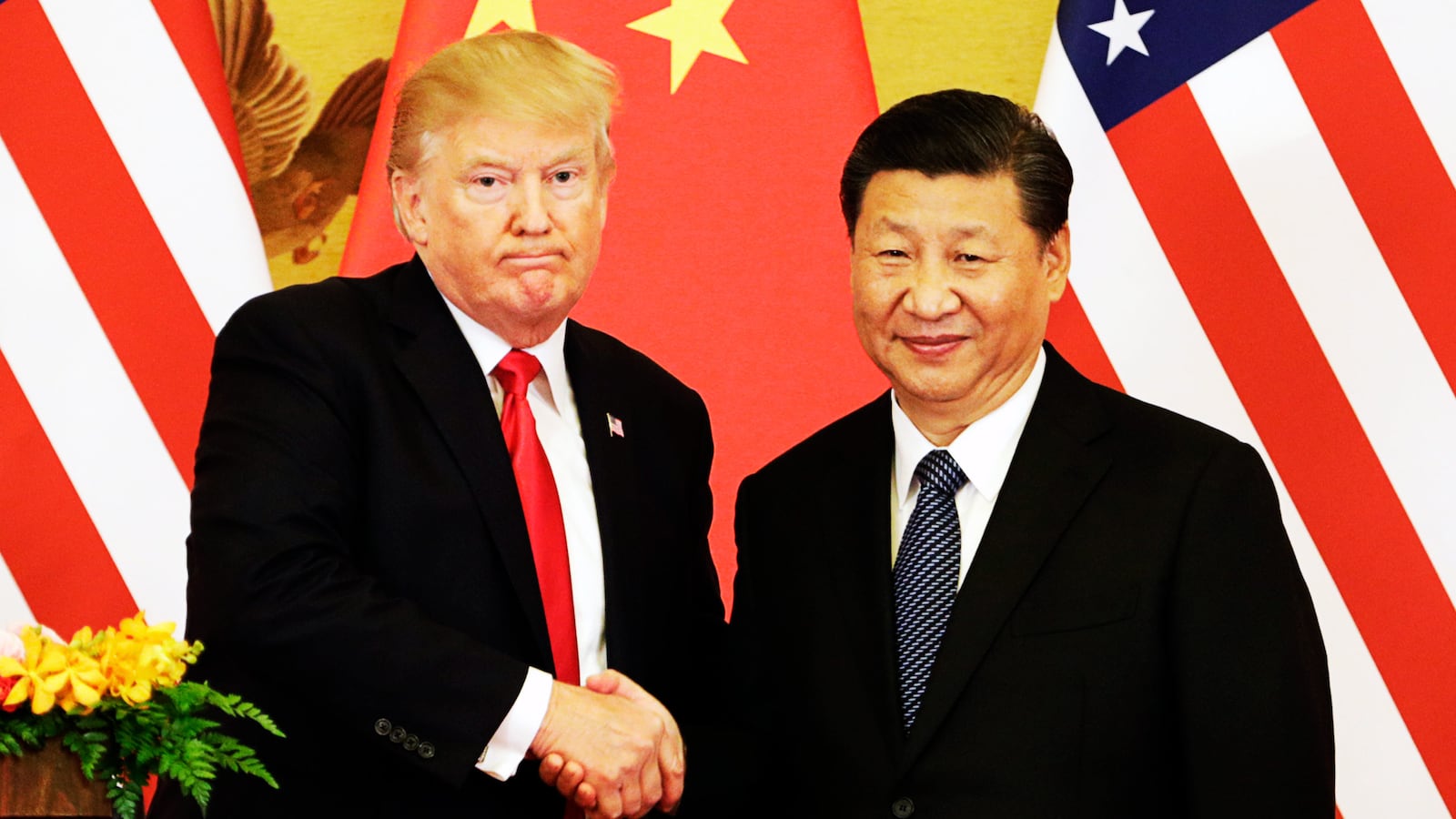China
Bloomberg via Getty
Forty Years After U.S. Recognition, China Is ‘America’s Greatest Foreign Policy Failure’
KNOW YOUR ENEMY
Washington policymakers have yet to comprehend the fundamental nature of Beijing’s challenge to the U.S. and the international system.
opinion

Trending Now



